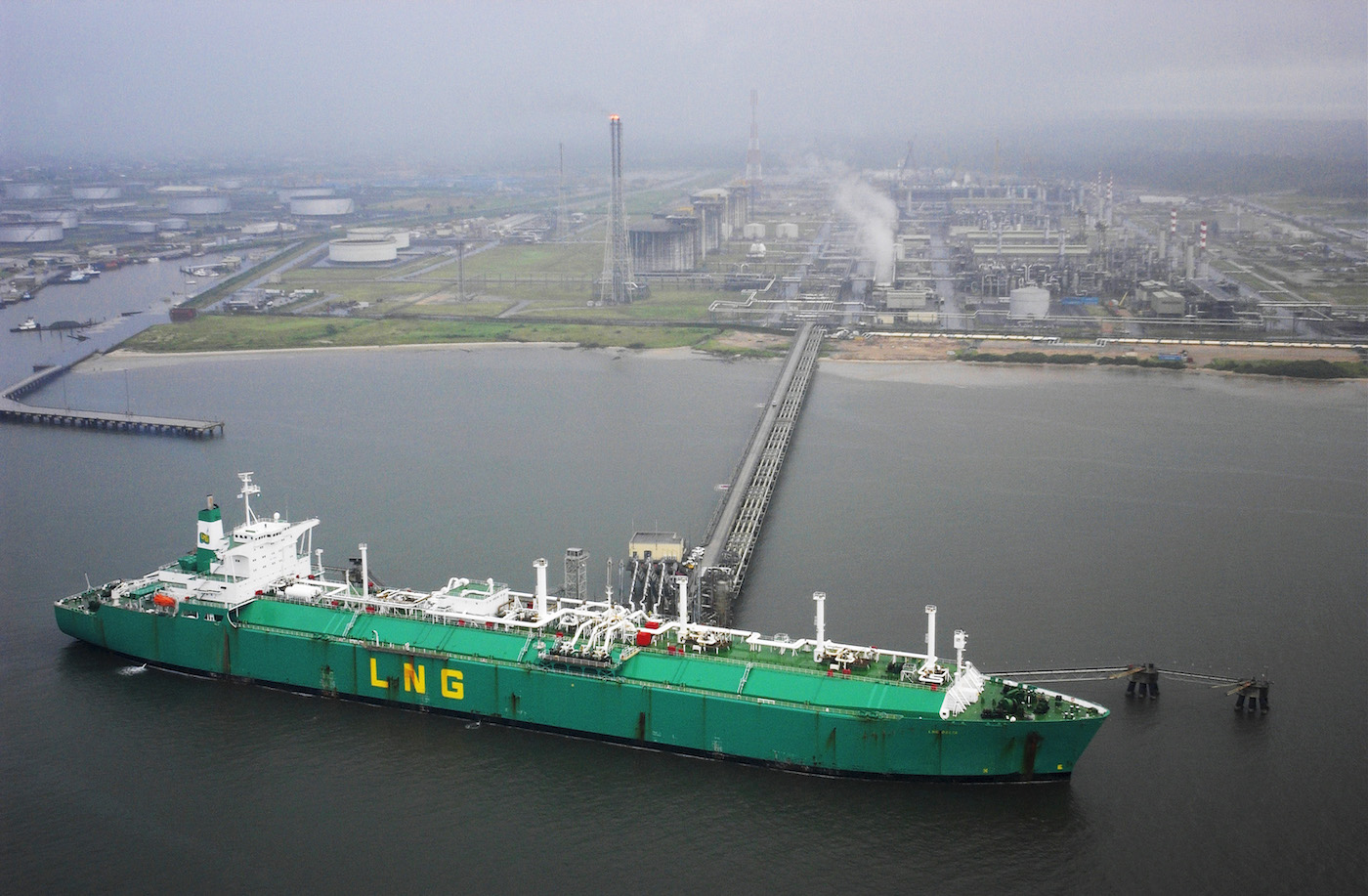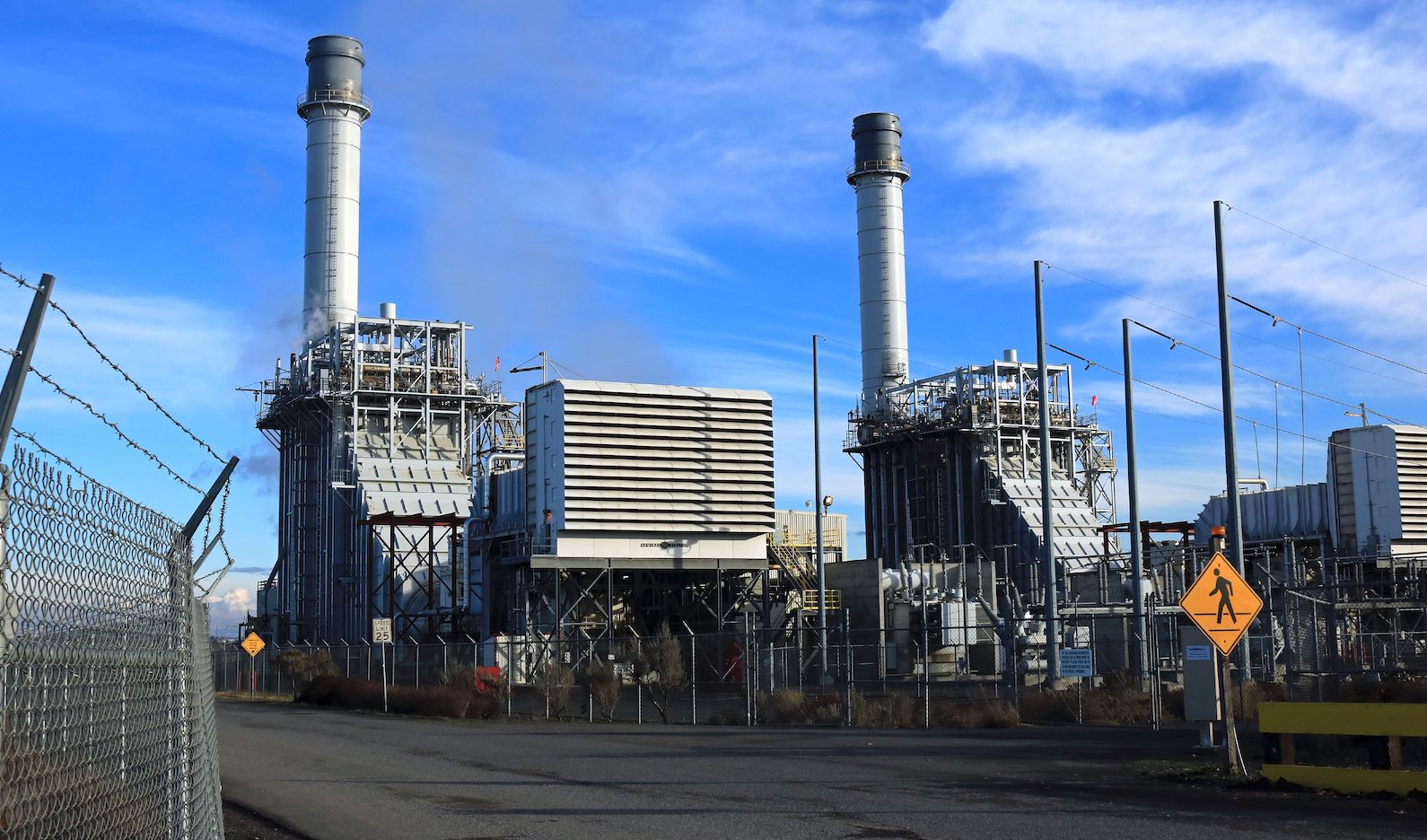Just over a year ago, President Joe Biden joined with Ursula von der Leyen, president of the European Commission, to announce the Global Methane Pledge — an effort to cut global methane emissions by 30 percent in the next decade. Methane is a greenhouse gas some 80 to 90 times more powerful than carbon dioxide during the first 20 years it spends in the atmosphere. It’s emitted by many diffuse sources, the biggest culprits being farms and oil and gas infrastructure. More than 100 countries signed onto the pledge.
But a new report out this week finds that the U.S., E.U. members, and other nations that joined the pledge have plans to keep replacing their coal-fired power plants with natural gas plants — a trend the authors say will make meeting the pledge impossible. Methane is the main component in natural gas and is known to leak out of wells, pipelines, and other infrastructure on the way to natural gas power plants.
“Calling gas ‘clean’ or ‘green’ will never change the fact that it’s just as bad for the climate, and in some cases worse, than coal,” said Jenny Martos, a project manager at Global Energy Monitor and one of the authors, in a press release. Global Energy Monitor is a nonprofit research organization that identifies and maps existing and proposed energy projects. The new report is based on data from its Global Gas Plant Tracker.
Natural gas was once viewed as a “bridge fuel” as the world began to move away from burning coal, because natural gas power plants emit about half as much CO2 as coal plants. But that benefit is diluted if not entirely wiped out by methane leaks. Now that renewable energy from wind and solar farms is more economic than gas in most of the world, the authors argue that switching from coal to gas no longer makes sense.
“This study underscores the need for countries canceling coal to leapfrog gas and develop more renewables,” said Martos.
The report found that East Asia has the most coal-to-gas switching projects, followed by Europe and North America. However, of the three regions, the U.S. is investing the most money in new natural gas infrastructure — an estimated $389 billion, with $257 billion going toward new liquified natural gas export terminals. The Biden administration has promised to expedite permitting of these facilities in order to send more natural gas to Europe in an effort to help the region reduce its dependence on Russian natural gas in the wake of Russia’s war in Ukraine.

If the new natural gas plants under development are used for their entire planned lifespans, they could lock in gas use for decades, and result in billions of metric tons of carbon dioxide emissions over that time period. But alternatively, the authors warn, they could become “stranded assets,” made obsolete before they are fully paid off, either due to stronger clean energy policies or market pressure as clean energy becomes ever cheaper. A recent study by RMI, a clean energy think tank, found that investing in renewables, energy storage systems like batteries, and energy efficiency is a cheaper option for utilities than 80 percent of the natural gas plants that are under development in the U.S.
There are some signs that switching from coal to gas is beginning to fall out of favor. The report notes that several projects in Europe have been either canceled or postponed in 2022 as Russia’s war with Ukraine tightens the global supply of natural gas, with at least one of those projects turning to renewables instead.
“Europe finds itself in its current situation because it failed to transition from fossil fuels fast enough,” said Sarah Brown, a senior energy and climate analyst for Ember, in a press release. Ember is a European think tank that advocates for switching from coal to renewable energy. “Other regions must not repeat this mistake for the sake of their own energy, climate, and political security.”




